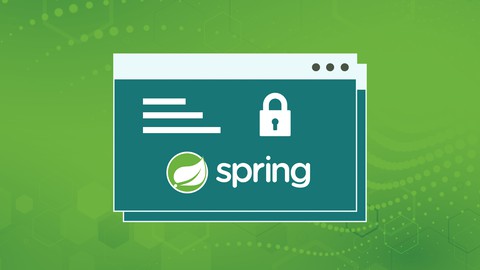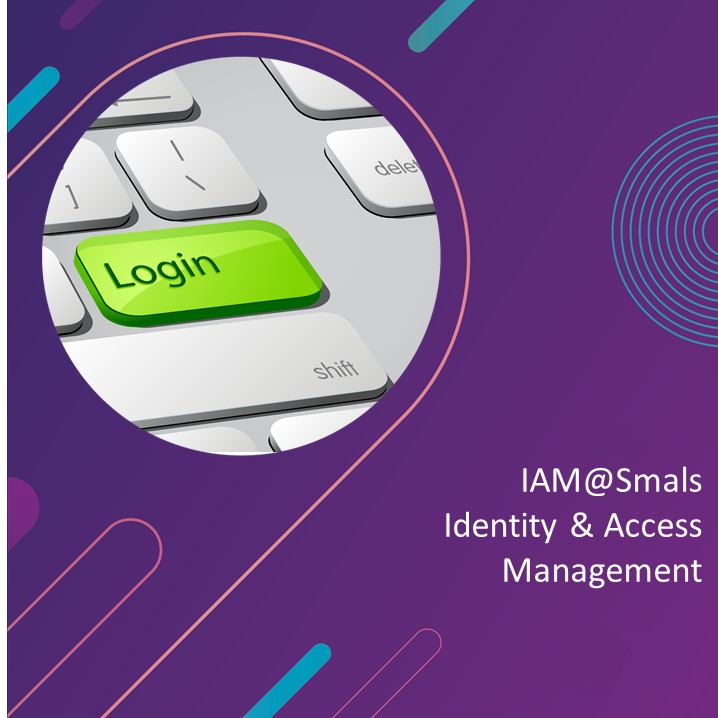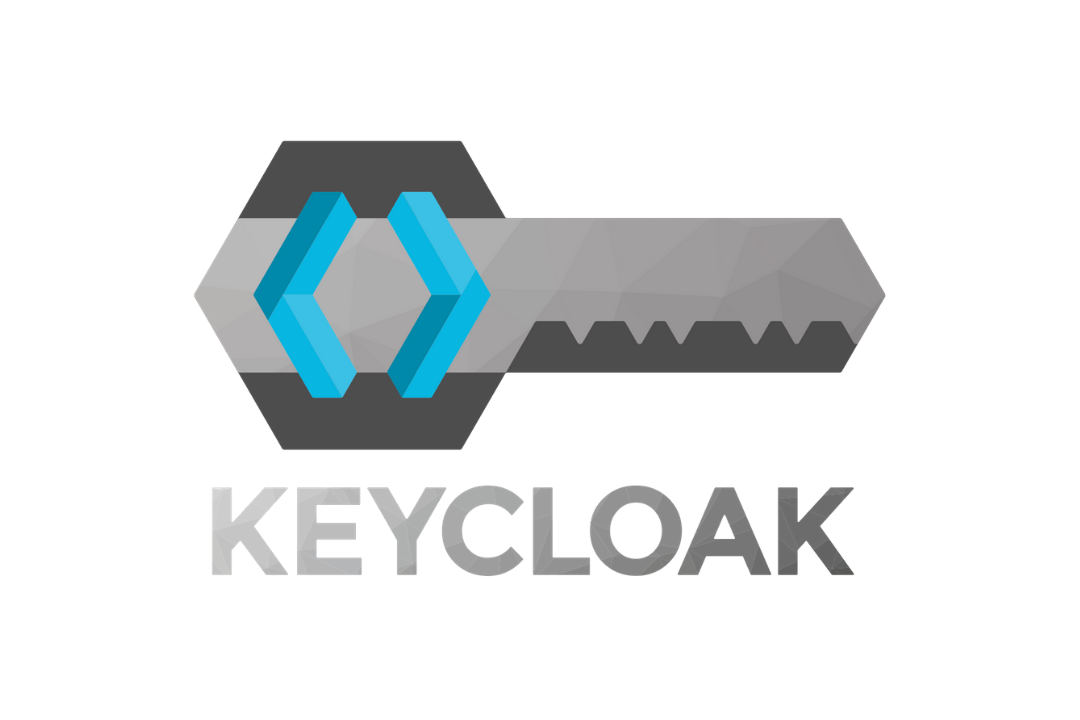
This course is suitable for IT personnel who are just beginning to work with Azure. This audience wants to learn about our offerings and get hands-on experience with the product. This course primarily uses the Azure portal and command line interface to create resources and does not require scripting skills. Students in this course will gain confidence to take other role-based courses and certifications, such as Azure Administrator. This course combines lecture, demonstrations, and hands-on labs. This course will also help prepare someone for the AZ-900 exam.

The New OAuth 2.0 Stack in Spring Security 5.
What you'll learn in this course:
- OAuth 2.0
- OAuth 2 Authorization Flows
- The New OAuth 2.0 stack in Spring Security 5
- Use OAuth 2.0 in Spring Boot Applications
- Configure OAuth 2.0 Resource Server
- Keycloak Identity and Access Management Solution
- Resource Servers behind API Gateway
- New Spring Authorization Server
- OAuth 2.0 in MVC Web App
- OAuth 2 - Social Login
- OAuth2 + PKCE in JavaScript Application
- Register Resource Servers with Eureka Service Registry
Deze cursus is enkel beschikbaar in het Engels. Als dit voor u geen probleem vormt, dien dan gerust uw aanvraag in.
This course is in French only. If this is not a problem for you, by all means go ahead and apply.

Course duration: 1,63h
While many technical professionals claim to know and understand OAuth, reality often suggests otherwise. Implementing the proper grant types and the required flows while securely protecting your secrets is challenging at best and catastrophic at worst. Fundamentally, professionals often struggle with OAuth because they misunderstand what it is, what use cases it is particularly good and bad at, and how to integrate it smoothly and safely into their systems. In this course, Keith Casey reviews the basics of OAuth 2.0 and OpenID Connect and shows how to use them to authenticate your applications. He covers tokens and scopes, designing and building key workflows, addressing common security considerations, and more.
Topics include:
This course is in French only. If this is not a problem for you, by all means go ahead and apply.

SMALS STANDARDS
L'IAM, à savoir Identity & Access Management, est ici expliqué.
L'identification/authentification, l'autorisation, le contrôle des accès aux données et la sécurité des applications sont abordés.
Le release management et les concepts CAB-IAM, onboarding, eDU... sont expliqués.
- Teacher: Katleen Rolies

